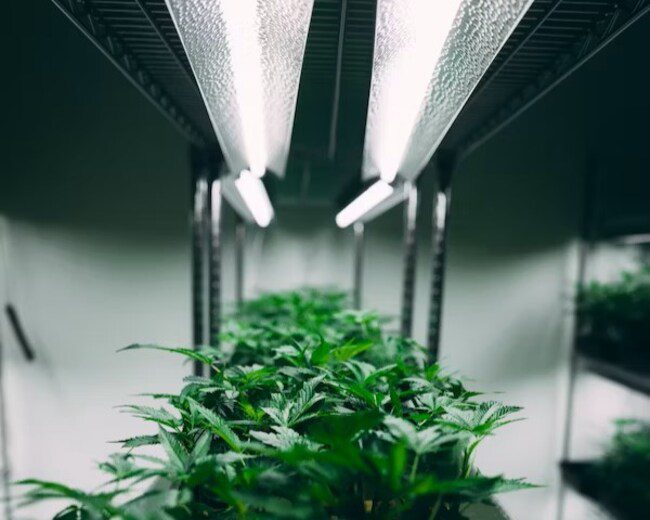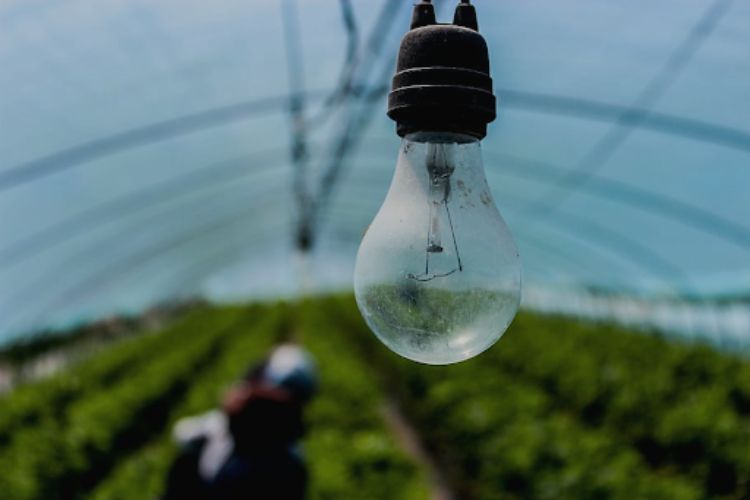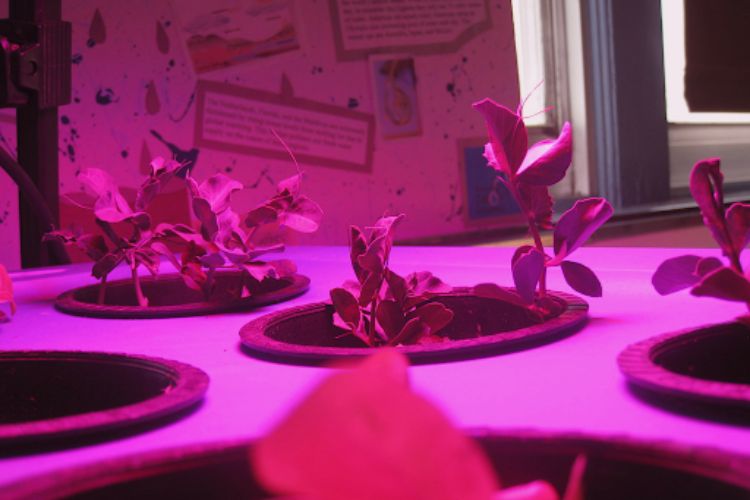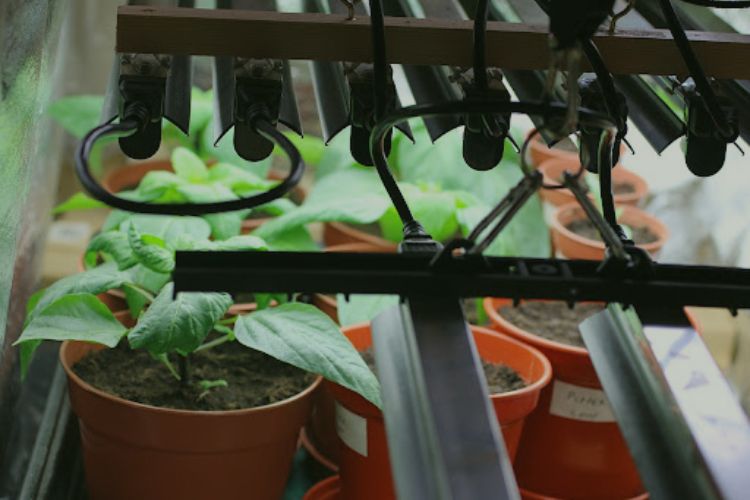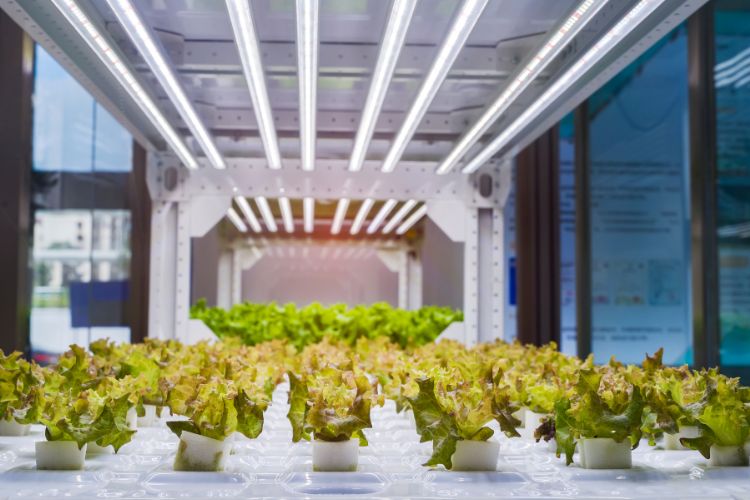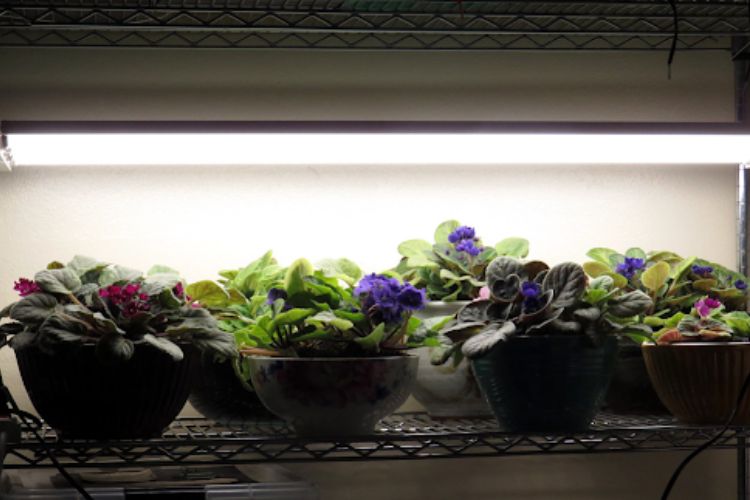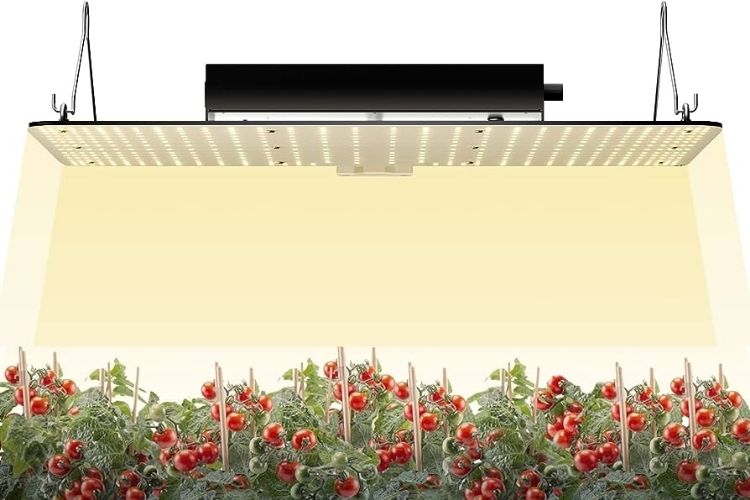Are LED Grow Lights Safe For Pets: What You Need To Know
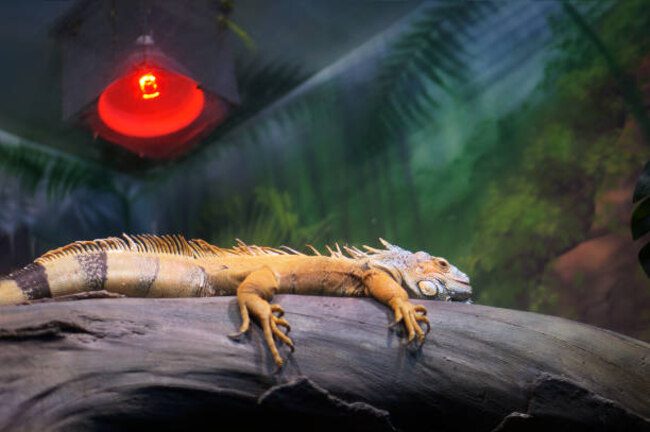
We love our furry companions and we want to give them the best care possible. We invest in quality food, toys, and cosy spaces for them to feel happy and secure in our homes. But sometimes, technology can introduce some risks that we may not be aware of.
For example, many modern homes are equipped with cameras, smart devices, and LED lighting. These gadgets can make our lives more convenient, but some people worry that they can harm pets. LED lighting is especially worrisome. Do you want to know if LEDs are safe for animals? In this post, we will explore the question of Are LED grow lights safe for pets.
Are LED Based Grow Lights Safe For Pets?
LEDs are the most widely used type of grow light. LEDs let your plant flourish while requiring significantly less upkeep and power. They are typically less warm as a result, which can be a problem in cold weather. In either case, LEDs continue to attract pets. Are these lights safe to use near your animals?
LED grow lights are a type of artificial lighting that can help plants grow indoors. They have some advantages over other types of bulbs, such as being more energy-efficient and producing less heat. However, if your pets are exposed to them for too long or too close, they can also pose some risks. LED grow lights can be very bright and emit UV rays that can harm your pet’s eyes or skin. They can also disrupt your pet’s natural sleep cycle and mood, which can affect their health and behaviour.
Therefore, you should keep your pets away from your LED grow lights and turn them off at night or every few hours. Keep an eye on your pet for signs of discomfort or irritation. These may include squinting, scratching, or hiding. If you notice any problems, consult your veterinarian and adjust your lighting accordingly.
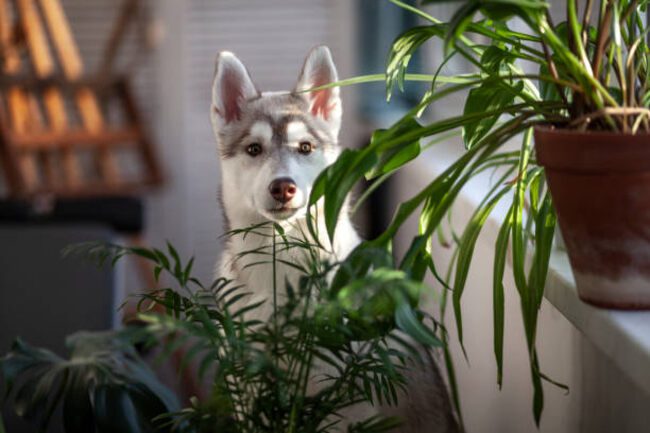
Protect Your Pets Around LED Grow Lights
Listed below are some guidelines for keeping pets secure around LED grow lights:
- Placement of light
Keep your lights in a spot that doesn’t get frequent visits from your pets. Perhaps it’s not the best location for an ultra-bright LED grow light if your pet prefers to sleep next to the snake plant. As much as you would for a human flatmate, show respect for the place.
- Consider dimmable LED grow lights
Dimmable LED grow lights are a terrific option for a pet-friendly indoor garden because you can change the light intensity. You can lessen the likelihood that your pets will feel discomfort from excessively bright light by reducing it. It’s like dimming the lights for a cosy movie night; it’s welcoming, enjoyable, and much appreciated!
- Turn off light
Each day, switch off the lights for a few hours to give your pets some relief. Do not forget that pets, like cats, are nocturnal creatures. They may lose their night owl tendencies if exposed to strong lights all day.
- Opt for full-spectrum LED grow lights
The industry standard for indoor farming is full-spectrum LED grow lights, and it’s easy to understand why. They give forth light that spans the full visible spectrum, simulating sunlight. This means that they don’t lean towards the blue or red end of the spectrum, perhaps lessening eye irritation in your furry friends. Just keep in mind that even lights with a complete spectrum shouldn’t be left on continuously. It’s important to maintain balance!
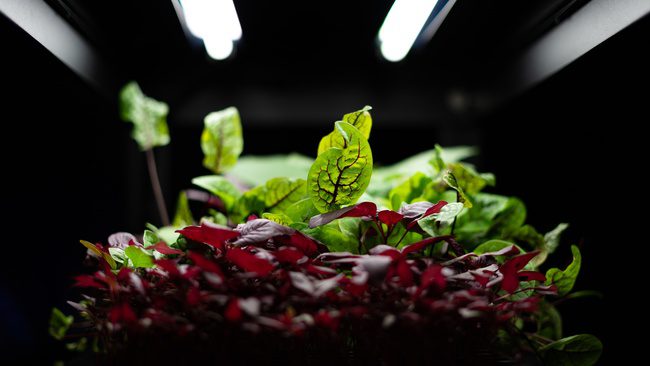
- Eye care
Make sure that none of your animals are gazing directly into the bright lights. If the eyes are not directly exposed, exposure to bright exposure may be less hazardous. It’s comparable to the recommendation to avoid staring straight at the sun when an eclipse is happening; it’s cool to experience but not so great for your eyes.
- Protect your LED grow lights with covers
Similar to how sunglasses shield human eyes from the glaring sun, protective covers or shades can help disperse the intensity of LEDs so that our pets’ eyes aren’t damaged as much. Additionally, let’s face it, wearing sunglasses makes everything seem a little bit cooler!
- Train your pets
Consider teaching your animals to stay away from the area where your grow lights are located. It’s comparable to telling your children not to touch the stove. You can do this by hanging grow lights out of their reach or by using a physical barrier, such as a fence or a plant stand. Everyone can feel protected by defined boundaries. After going over the fundamentals, let’s look at some LED grow light solutions that are recognized as pet-safe.
LED Grow Light Options That Are Pet-Friendly
There are many pet-safe LED grow lamp solutions available on the market. But in the world of stylish internet shopping, one size does not fit all, and the same is true of LED grow lights.
The best course of action is always to evaluate your own circumstances, taking into account the kinds of plants you’re cultivating, the amount of space you have available, and the personalities and routines of your pets.
- White LED grow lights
Pet owners should consider white LEDs. They produce an environment that is cosy for both your plants and animals by emitting a well-balanced mixture of all the colours in the visible spectrum. Additionally, white LED lights often have a lower intensity than their coloured counterparts. Decreasing the possibility that the light will bother your pets. It’s similar to choosing soothing background music over a heavy metal concert—much less distracting and easier on the ears!
- Fluorescent grow lights
LED lights are not all created equal. For those who want to be extra certain of the safety of their pets, fluorescent grow lights are an excellent option. Compared to some of their LED competitors, these lights are not as powerful. But they can still provide your plants with the light they require to thrive, similar to how a strong cup of coffee can get your day going.
- Red LED grow lights
Although animals are sensitive to red light, as we just established, these wavelengths aren’t necessarily dangerous. Red LED grow lights are a safe option as long as your pet isn’t staring directly at the light for prolonged periods of time. Similar to watching television, it is okay in moderation but not ideal to binge all day.
Keep in mind: safety first! Just as crucial as creating the lush indoor garden of your dreams is making sure your pets are safe around your gardening activities.
- Blue LED grow lights
Blue LED grow lights are believed to promote higher vegetative growth in plants. But when utilized properly, they can also be pet-friendly. Bear in mind that blue light might still potentially irritate your pets’ eyes, albeit with a lesser effect than UV light. However, they can be a safe choice if used sparingly or in combination with other bright colours.
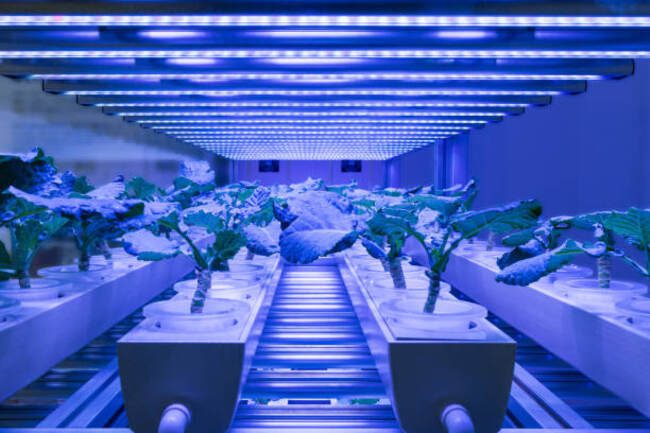
- Ceramic metal halide (CMH) grow lights
CMH grow lights are a fantastic substitute for LEDs for those prepared to venture a little outside the norm. They are gentle on your pets’ eyes since they emit an even spectrum of light that is less powerful than certain LED lights. They are a win-win choice because their balanced spectrum may also be more beneficial for plant growth. It’s similar to discovering an enjoyable exercise routine that keeps you in shape.
- LED grow light bars
LED grow light bars can offer a less focused, evenly distributed light source. Consequently, it is less likely to upset your pets. Additionally, their distinctive appearance frequently makes installation simpler away from your pets’ preferred hangout areas.
Conclusion
I can say with confidence that LED grow lights are appropriate for a range of reptiles because I am an expert in the outdoors. They offer the proper level and intensity of light required to maintain your pet’s well-being.
They not only last longer than conventional reptile lighting solutions, but they also use less energy. Additionally, because most LED lights have built-in precautions against overheating, you don’t need to worry about them being too close to your reptile.
In general, buying LED grow lights is a smart move when it comes to taking care of reptiles. Finding the right distance between the light and your pet will ensure that they receive the proper amount of exposure without feeling uncomfortable or overstimulated.
FAQs


